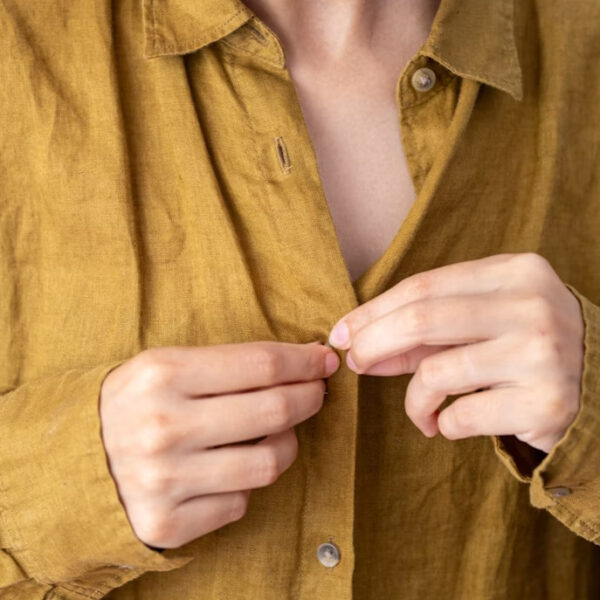Flax (Linum usitatissimum) is one of humanity’s oldest cultivated plants. For thousands of years, it has played a central role in textile, food, and industrial applications. Today, as sustainability and bio-based materials become priorities, flax uses are expanding once again — from traditional linen fabrics to high-performance composites, nutrition, and even green construction.
In this article, we explore the origin of flax, its remarkable properties, and the many ways it continues to shape industries today with a focus on Safilin’s role in the revival of this exceptional natural fibre.
Origins and history of flax
Archaeological evidence suggests that flax was among the first plants cultivated by
humankind. Traces of spun flax fibres, dating back more than 30,000 years, were discovered in the Caucasus region. Ancient Egyptians used linen (made from flax) for clothing, household textiles, and even burial shrouds.
Flax spread throughout Europe during the Middle Ages, particularly in Flanders, Ireland, and Northern France. Its cultivation and processing became the foundation of many local economies, giving rise to centuries of craftsmanship that still inspire the textile industry today.
The industrial era introduced mechanical scutching, spinning, and weaving techniques that scaled up flax production. By the 19th century, wet spinning allowed for the production of finer, smoother yarns setting the standard for European linen.
What make flax unique
Flax fibres are bast fibres — extracted from the inner bark of the stem. Their unique
structure gives them exceptional performance:
- High tensile strength and low elasticity, making them stronger than cotton.
- Excellent moisture absorption and breathability.
- Thermoregulating properties, keeping the wearer cool in summer and warm in winter.
- Naturally biodegradable and recyclable, making flax one of the most sustainable fibres on Earth.
Les usages historiques du lin
Historically, flax was indispensable across various domains :
- Textiles and clothing: linen garments, ecclesiastical fabrics, uniforms, and household linen.
- Sails and ropes: due to its durability and resistance when wet, flax was used for ship rigging and sails.
- Paper and writing materials: the first banknotes and archival papers were made from flax and hemp.
- Medical and hygiene textiles: bandages, wrappings, and absorbent fabrics.
- Food and oil: flax seeds and linseed oil were used for nutrition and as industrial oils for paints and varnishes.
Modern flax uses
Today, flax is experiencing a true renaissance. Its versatility makes it a valuable resource in many fields :
Textil and fashion
Flax remains a premium fibre for linen apparel, from shirts and dresses to high-end suits. It is also used in blends with cotton, Tencel™, or wool to combine aesthetics, comfort, and durability. Linen home textiles bed linen, curtains, upholstery represent another strong market segment.
Technicals and composite materials
Flax fibres are now key reinforcements in biocomposites used in automotive parts,
sports equipment, and furniture. They offer lightness, strength, and an excellent environmental profile replacing glass or carbon fibres in certain applications.
Construction and design
Flax shives (the woody core of the stem) are used in eco-construction: insulation panels,
acoustic materials, and bio-sourced plasters. Flax-based panels also serve as decorative materials for architecture and interior design.
Food and health
Flax seeds are rich in omega-3 fatty acids, fibre, and protein. They are
used in dietary supplements and bakery products. Linseed oil is valued both in food and in cosmetic formulations for its nourishing properties.
Circular and biobased innovation
Nothing in flax is wasted. From the fibre to the seed, every part of the plant is valorized. This makes flax one of the most complete crops from an environmental perspective a
true model for the bioeconomy of tomorrow.
Safilin and the future of flax
At Safilin, flax takes on a new dimension. As a European linen yarn manufacturer, Safilin
produces high-quality flax yarns at its two Polish spinning mills in Szczytno and Miłakowo. The company’s expertise extends beyond textile yarns — it supports innovation projects and co-development with partner brands, creating custom yarns for fashion, home, and technical applications.
Safilin also collaborates on R&D programs involving flax and hemp composites, showing how traditional know-how can drive sustainable innovation.
The story of flax is one of continuity and reinvention. From ancient civilizations to cutting-edge technologies, its potential remains unmatched. As a renewable, biodegradable, and elegant material, flax stands as a symbol of what responsible industry can achieve.
For Safilin, embracing the diversity of flax uses means carrying forward a European heritage while opening the door to a new era of sustainable materials that respect both people and the planet.

